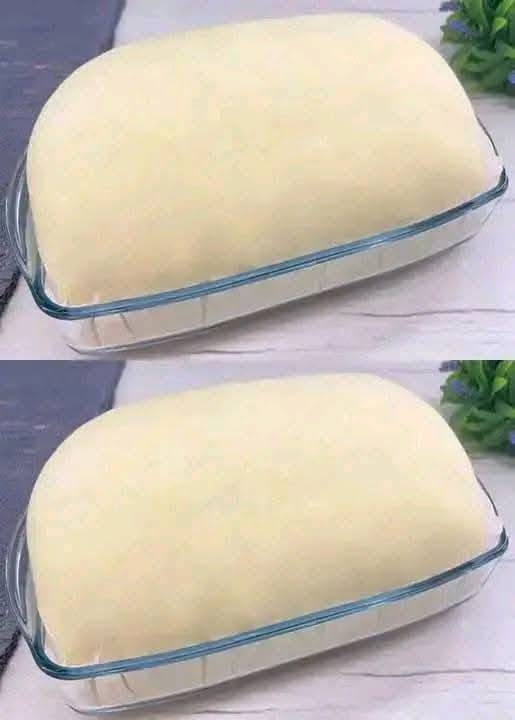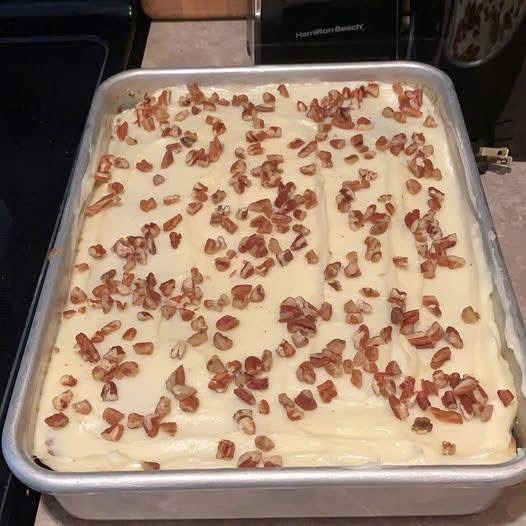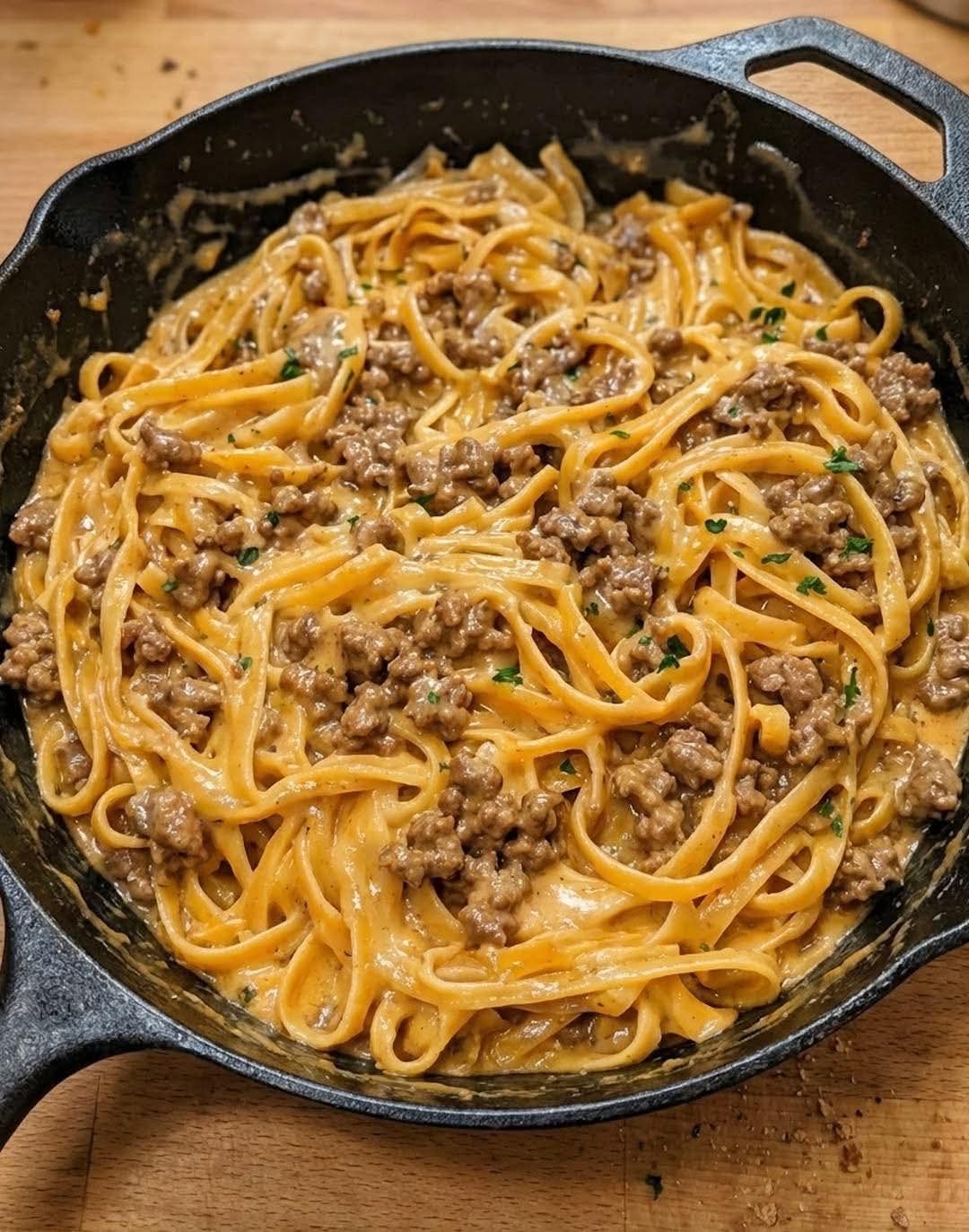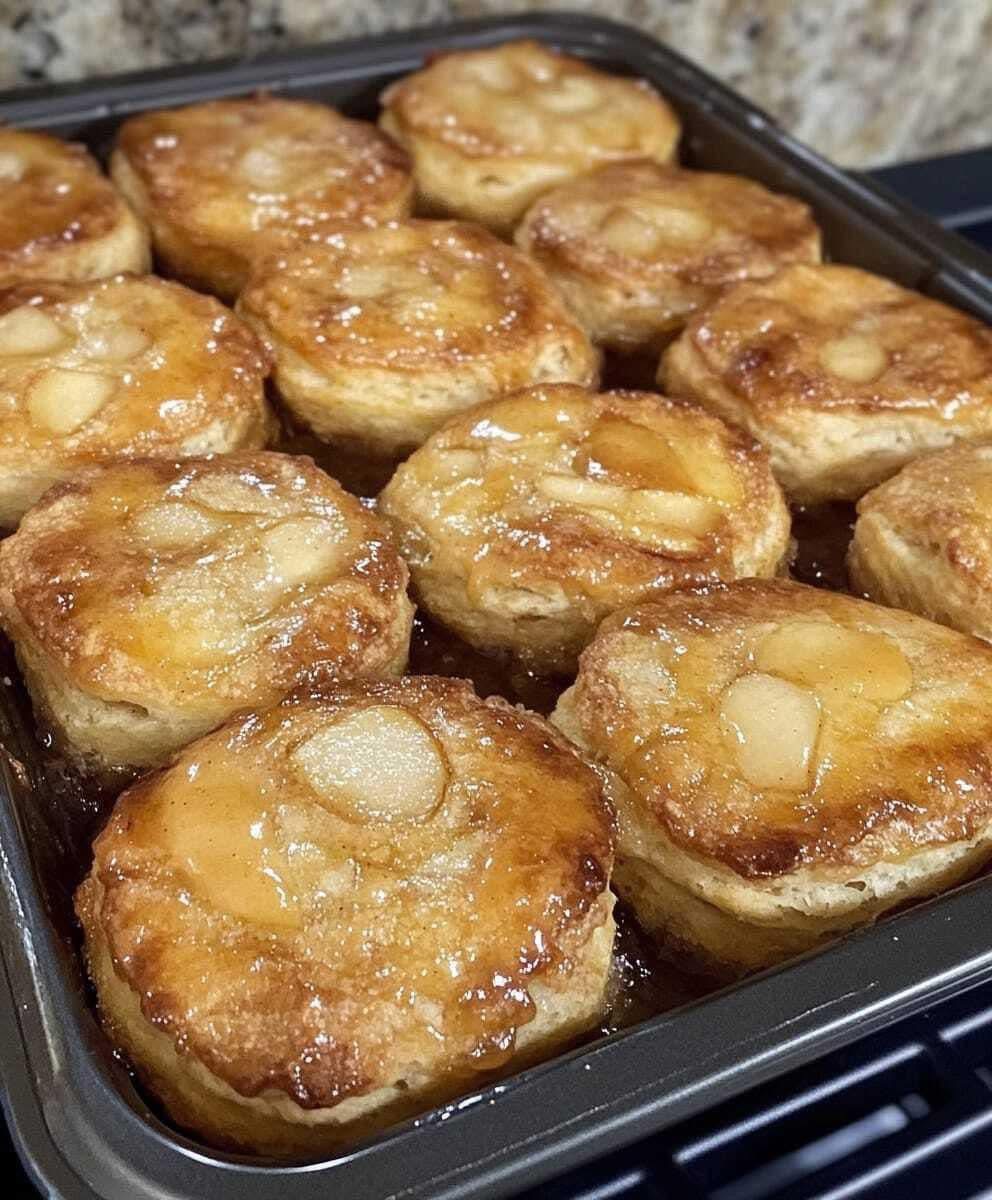Of course! Here is a detailed, step-by-step recipe for making authentic ciabatta bread based on the ingredients you provided.
Ciabatta is known for its crisp crust, chewy texture, and large, irregular holes inside. The key to this bread is its very high hydration (a lot of water), which creates those famous holes.
It can be a sticky dough to handle, but don’t worry—that’s exactly how it should be!
Classic Ciabatta Bread
This recipe makes 2 large or 3 smaller loaves.
Ingredients
500 grams (about 4 cups) all-purpose flour (bread flour is even better if you have it)
10 grams (2 teaspoons) salt
5 grams (1 teaspoon) active dry yeast
400 milliliters (1 ⅔ cups) water, at room temperature
10 grams (2 teaspoons) olive oil
Additional flour for dusting
Optional: Rice flour for dusting (it prevents sticking better than all-purpose)
Instructions
Day 1: Creating the Biga (Pre-Ferment)
This optional but highly recommended step develops a deeper, more complex flavor.
Mix: In a medium bowl, whisk together 240g (about 2 cups) of the flour, a pinch of the yeast (just a pinch!), and 240ml (1 cup) of the water until it forms a shaggy, sticky dough. It will be thick.
Rest: Cover the bowl tightly with plastic wrap and let it sit at room temperature for 12-24 hours. You’ll know it’s ready when the surface is bubbly, it has domed, and it has a slightly fermented, pleasant aroma.
Day 2: Making the Dough
(If you skipped the biga, simply combine all ingredients at once and proceed from step 3.)
Dissolve Yeast: In the bowl of a stand mixer (or a large bowl if mixing by hand), combine the remaining 160ml (⅔ cup) of water with the remaining yeast. Let it sit for 5 minutes until foamy.
Combine: Add the entire biga (if using), the remaining 260g of flour, the salt, and the olive oil to the bowl.
Mix: Using the dough hook attachment, mix on low speed for 2-3 minutes until the ingredients are combined. The dough will be extremely wet, sticky, and look more like a thick batter. Scrape down the sides as needed.
Knead: Increase the speed to medium and knead for 8-10 minutes. The dough will not form a ball. It will slap around the sides of the bowl and slowly start to become smoother, more elastic, and less sticky. It should still be very soft and wet. (If mixing by hand, use a sturdy spoon or a wet hand to stir and fold the dough in the bowl for 10-15 minutes. It’s a workout!)
Bulk Fermentation (First Rise)
First Rise: Scrape the dough into a large, lightly oiled bowl. Cover tightly with plastic wrap.
Let it Rise: Let the dough rise in a warm, draft-free place for 1.5 to 3 hours, or until it has doubled in size and is full of large bubbles. Because of the high hydration, it may spread more than dome.
Shaping & Final Proof
Prepare Pan: Line a baking sheet with parchment paper and generously dust it with flour (a mix of all-purpose and rice flour works wonders).
Turn Out Dough: Heavily flour your work surface and your hands. Gently pour the dough out onto the surface. Handle it as little as possible to preserve the air bubbles. Do not punch it down.
Shape: Using a floured bench scraper, gently fold the dough over onto itself a few times. Using the scraper or your hands, divide the dough into 2 or 3 equal pieces.
Form Loaves: Gently stretch each piece into a rough oval or rectangle shape (the classic “slipper” shape). Don’t worry if it’s not perfect; rustic is good!
Transfer: Place the shaped loaves on the prepared baking sheet, seam-side down. Dust the tops generously with flour.
Final Rise: Drape the loaves with a clean kitchen towel (or place the entire pan inside a large plastic bag) and let them proof for 45-60 minutes, until puffy. They won’t double, but you should see a noticeable increase in volume.
Baking
Preheat: While the dough proofs, place a baking stone or steel (if you have one) on the middle rack and a second rack on the lowest level. Preheat your oven to 450°F (230°C).
Score (Optional): Just before baking, you can make 2-3 shallow slashes on the top of each loaf with a sharp lame or razor blade. Ciabatta is often baked without scoring.
Steam: Right before you load the bread, place a metal roasting pan on the bottom rack of the oven. As you put the bread in, carefully toss a handful of ice cubes into the hot pan. This creates steam for a crisp, blistered crust.
Bake: Carefully slide the baking sheet (or the parchment with loaves directly onto the baking stone) into the oven. Bake for 20-25 minutes, or until the crust is a deep golden brown and the internal temperature reaches 210-212°F (99-100°C).
Cool: This is crucial! Let the ciabatta cool completely on a wire rack for at least 1 hour before slicing. The bread is still cooking internally during this time, and slicing it too early will result in a gummy texture.
Tips for Success
Weigh Your Ingredients: For bread baking, especially high-hydration doughs, a kitchen scale is essential for accuracy.
Wet Hands are Your Friend: Keep a bowl of water nearby to wet your hands or bench scraper when handling the sticky dough. It prevents sticking far better than more flour.
Don’t Over-Flour: Resist the urge to add too much flour during shaping. The wet dough is what creates the open crumb.
Listen to the Bread: The best sign it’s done is a hollow sound when you tap the bottom of the loaf.
Enjoy your homemade, bakery-quality ciabatta! It’s perfect for sandwiches, paninis, or simply dipping in high-quality olive oil and balsamic vinegar.
-
Carrot sheet cake
Introduction Carrot sheet cake is a delightful dessert that’s perfect for any occasion. With its moist texture, rich flavor, and comforting spices, this cake has a place in many kitchens. … Read more
-
Garlic Butter Beef Pasta
Few dinners hit the sweet spot between comfort, flavor, and ease quite like Garlic Butter Beef Pasta. This dish is rich, creamy, and deeply satisfying, yet simple enough to make on … Read more
-
apple pie biscuits
Here’s a more detailed version of the Apple Pie Biscuits recipe with a total of 17 paragraphs, covering the entire process from introduction to conclusion: Introduction: Apple pie biscuits are … Read more



